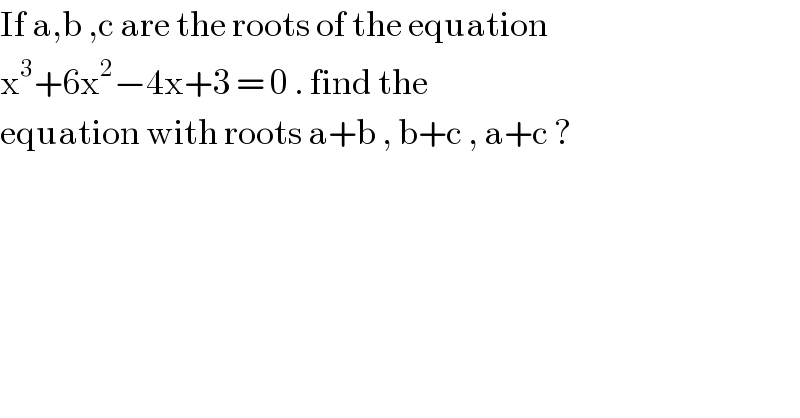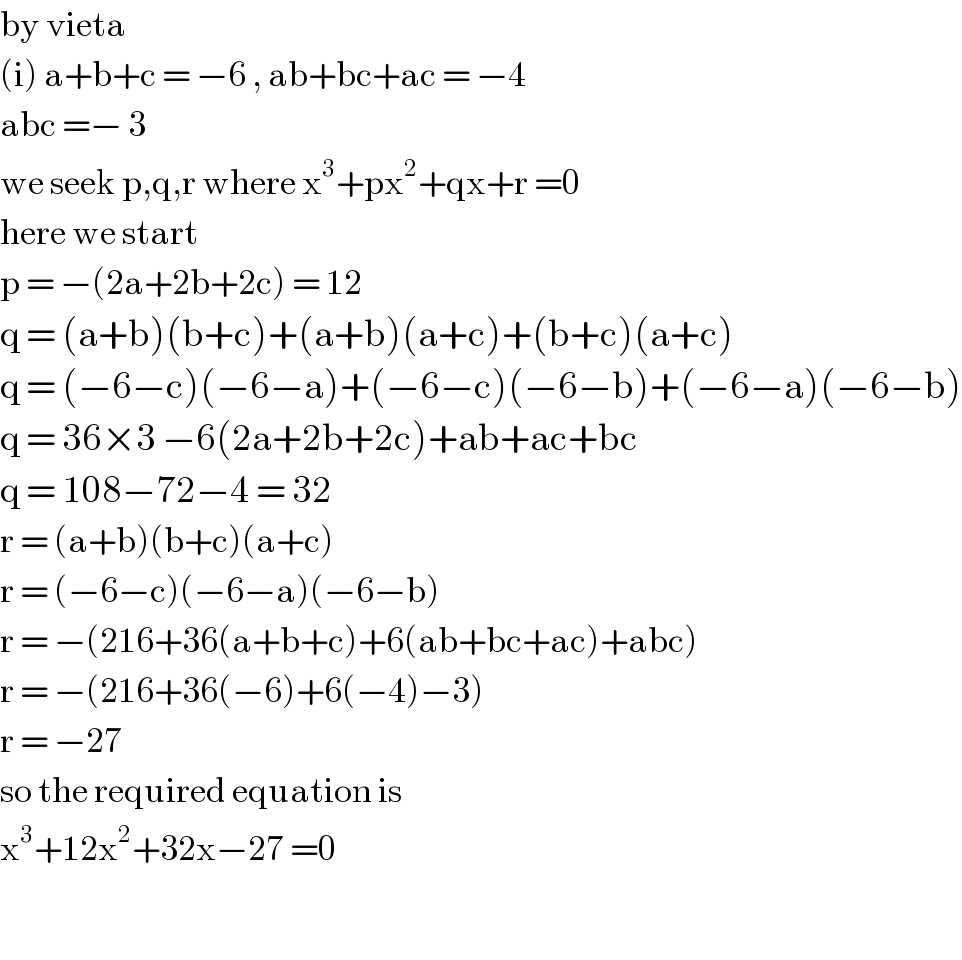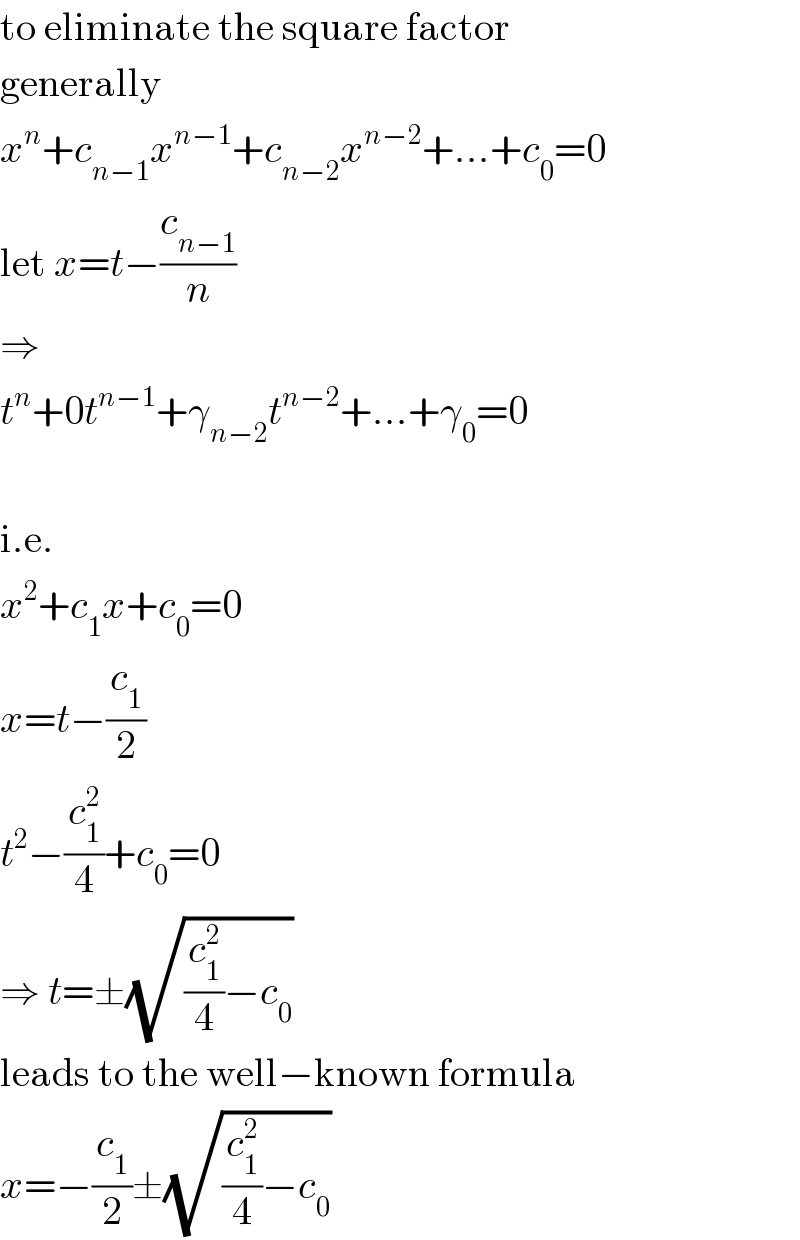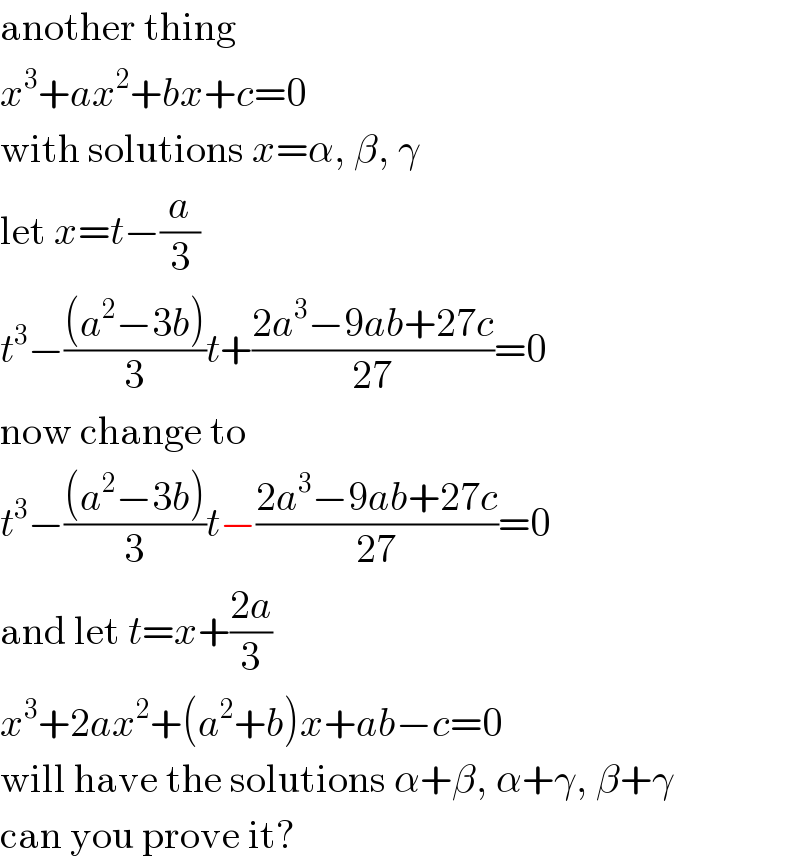Question Number 86855 by jagoll last updated on 01/Apr/20

Answered by john santu last updated on 01/Apr/20

Commented by MJS last updated on 01/Apr/20

Commented by john santu last updated on 01/Apr/20

Commented by john santu last updated on 01/Apr/20

Commented by jagoll last updated on 01/Apr/20

Commented by MJS last updated on 01/Apr/20

Commented by MJS last updated on 01/Apr/20

Commented by john santu last updated on 01/Apr/20

